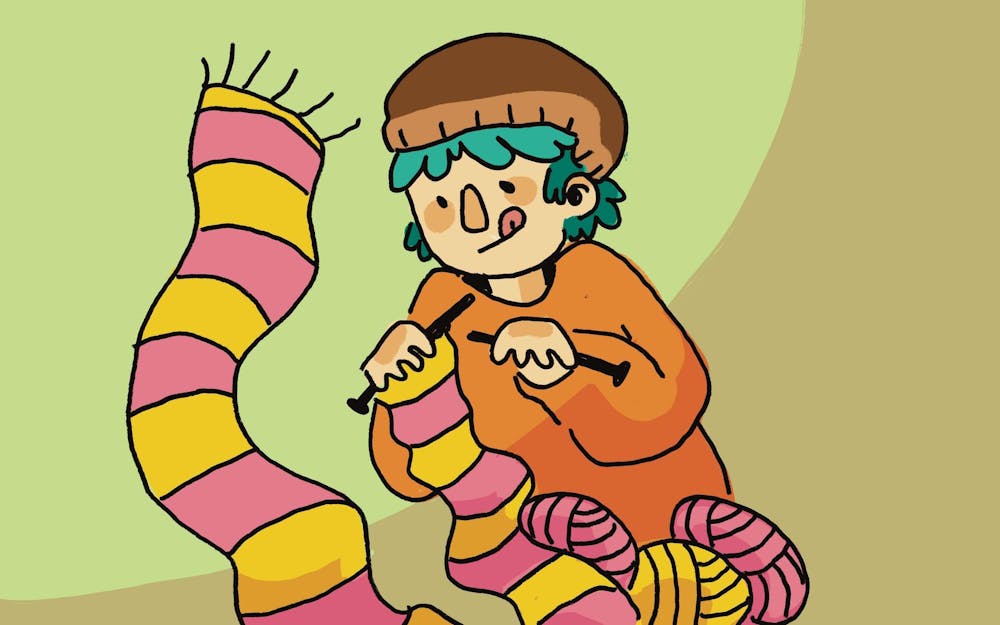Growing up, there’s a stereotypical scene that I’ve come across in multiple television shows and books: A grandmother sitting on a rocking chair, whiling away her time knitting yet another sweater for her grandchildren to give this Christmas. Naturally, following media culture and stereotypes, it didn’t take me too long to link needlework activities like knitting, crocheting and stitching with the elderly.
However, this summer, as I spent most of my time doing nothing, the boredom and monotony got to me. After the action-filled semester at university, coming home to the silence and stillness can become excruciatingly painful, especially for someone like me who has a compulsive need to be constantly occupied with something. So, after weeks of hesitation, and experiments with reading, baking and binge-watching "Friends,” I finally decided to give needlework a shot.
After the initial frustration and difficulty, I was able to get the hang of it. What I noticed in the following few days was eye-opening. Spending almost an hour a day doing this, I felt myself getting calmer and less anxious every time I was knitting.
The repetitive action involved in needlework is said to induce one in a relaxed state, similar to what yoga and meditation does. Knitting and crocheting are activities that help individuals relax and, by extension, also aid in stress reduction.
From a mental health standpoint, the repetitive motion that comes with activities like knitting leads to an increase in the release of serotonin, which is referred to as the natural mood booster. Knitting can help combat depression, anxiety, PTSD and addiction as well.
Apart from this, needlework also helps sharpen your brain. Engaging in needle art is considered to have an impact on your brain’s cognitive functioning and health. Learning a skill like knitting engages the brain at such an intense level that it can help build new neural pathways in the brain, which then leads to an increase in neuroplasticity –– the nervous system’s ability to change its structure, functions and connections through growth and reorganization.
Whether or not it’s something older people engage in, needlework has definitely shown us its tremendous benefits. It’s begging us to pull it out of the age-old stereotype and actively make an effort to engage with it — not just to kill time, but to also build new neural pathways, relax and induce a happier mood within ourselves.
When I first started knitting, I was completely oblivious to the myriad of benefits it possesses. However, as I learned more about it and realized the impact its capable of creating on my health, I leeched on to it, and made it a point to regularize this and to not end my journey with needlework as soon as summer ends and the rush of college begins once again.
So, whether you’re bored and looking for something to do, or extremely busy looking for something to unwind with, needlework is your answer. And, quite frankly, it’s everyone’s answer!
Pehal Aashish Kothari is a sophomore majoring in marketing with a minor in apparel merchandising.






